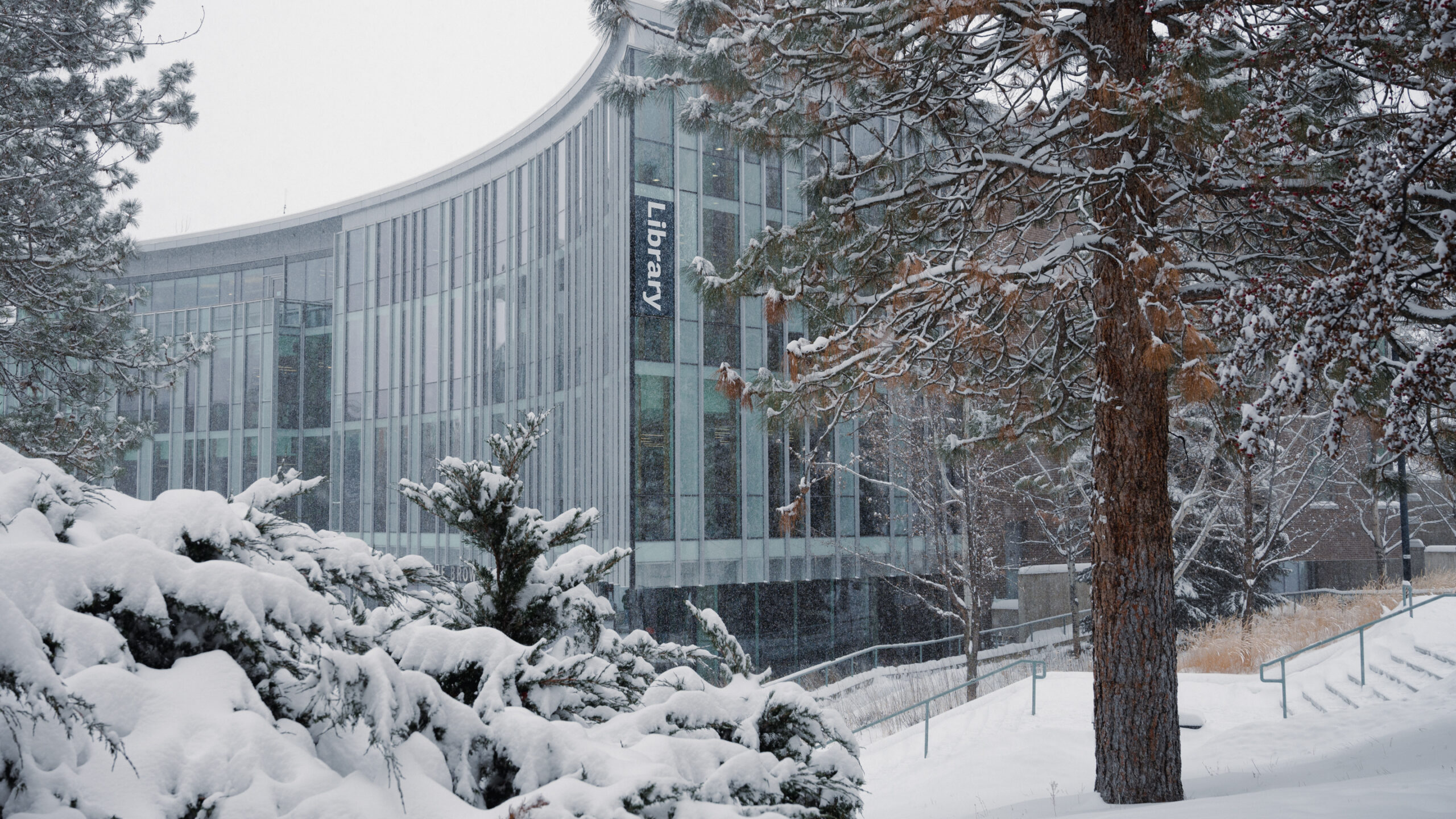As winter fast approaches, it’s time to prepare for the season of cozy nights and frosty mornings. That can be a challenge for international students bracing for their first Canadian winter.
From the struggle to stay warm indoors to the daily grind of navigating icy roads, it’s essential to brace yourself for the realities of the season ahead.
While last year saw a warmer-than-normal winter, due to El Nino, winter temperatures in Kamloops average to below zero in November, December, January and February. Record lows dip into the negative thirties celsius, made even colder with wind chill.
According to the National Weather Service, El Nino refers to the above-average sea-surface temperatures that periodically develop across the east-central equatorial Pacific. It represents the warm phase of the ENSO cycle.
This year, most parts of Canada, including BC, will need to prepare for La Nina, the periodic cooling of sea-surface temperatures across the east-central equatorial Pacific. This will result in a cooler-than-normal winter.
The 2024-2025 Almanac released its predictions for this winter, dubbing it “Winter with a heart of cold.” While snowfall might be lighter than in other years, the publication states, the temperature will drop compared to last year.
With this in mind, students and faculty of TRU should brace for cold days and potentially slippery conditions.
Henry Chan of the Risk and Safety Services Department at TRU has worked to put together tips that will make this winter comfortable and safe for everyone.
“In the colder winter months, it is important to dress right, plan, and slow down to ensure your safety,” Chan said, speaking on behalf of the department. “Stay warm indoors when possible and know when to stay home if weather conditions are too severe to travel outside.”
Having a weather app ready before leaving a warm place is an excellent way to know if the clothes on hand will be enough for the temperatures outside. Footwear should be another priority. What works best for all apparel are items that are warm and waterproof, and in the case of footwear, they have good traction to prevent slips on snow and ice.
When sidewalks are icy, rushing is not an option. Being mindful of steps can be the difference between arriving safely at your destination and risking injury.
“Slips, trips, and falls are the most common incidents during the winter months at TRU,” Chan said. “Wear the right footwear and walk slowly.”
Concerns about the safety of fellow students or conditions at TRU can be sent to safety@tru.ca or by submitting a “Hazard ID” through the TRU Safe App to report any areas that need snow clearing, de-icing, or attention by the Facilities team.
If you have any concerns about being safe while driving in icy and snowy conditions, ICBC has tips on winter driving.
Dressing right, planning and slowing down is the key to making it through the cold months uninjured.

